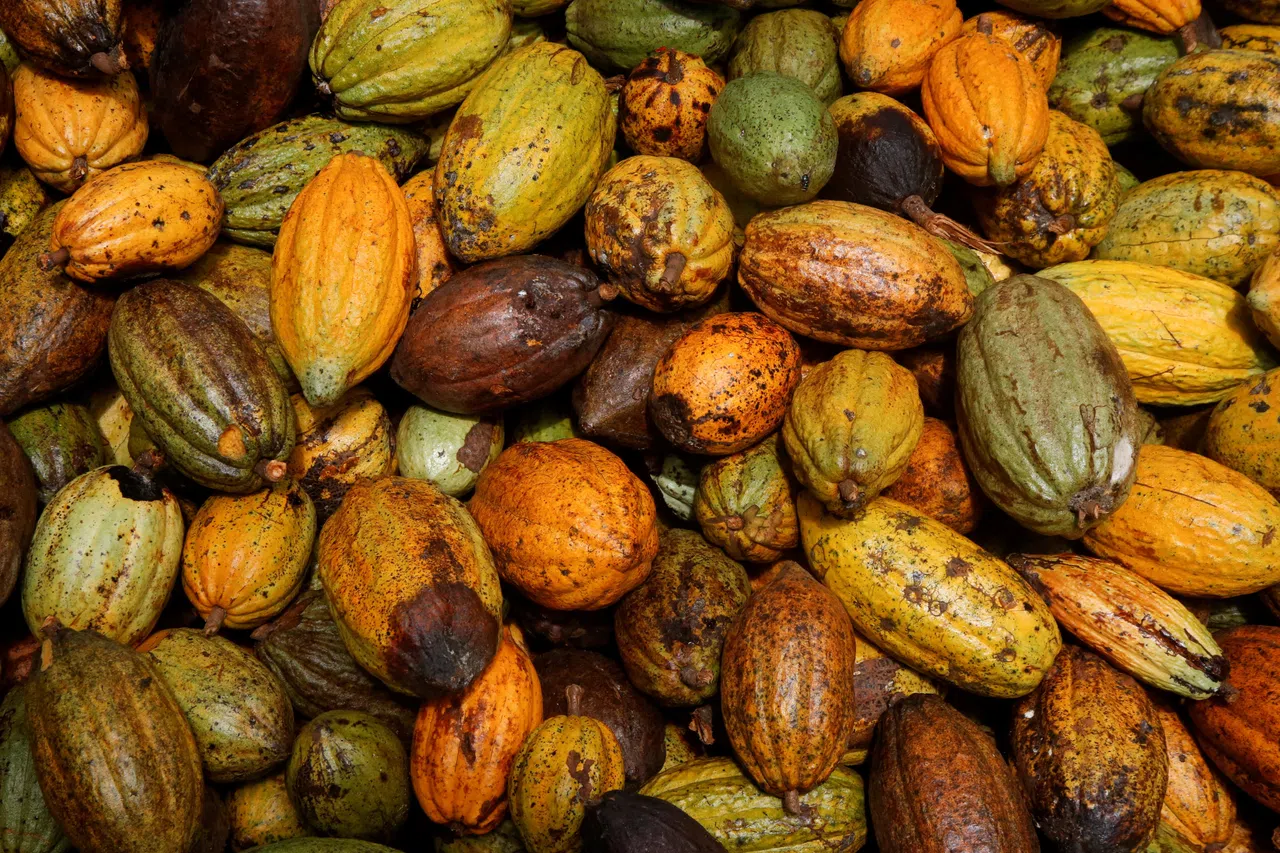COCOA futures in New York rose to the highest price since late July, breaking out of last week’s largely rangebound trading.
The most-active contract climbed as much as 7.2 per cent on Monday (Aug 19) as traders continued to parse prospects for production in key West African growers for the upcoming main crop season starting in October. Prices have eased recently on forecasts of beneficial rains but weather risks and challenges for farmers still persist, threatening to keep beans historically expensive.
The near-term weather outlook across the continent has been mixed. Light to moderate rain has fallen in Nigeria and Cameroon, with expected showers this week likely to aid crop growth, according to forecaster Maxar. Some other parts of West Africa should have drier conditions, stressing crops, Maxar said.
“The rains are coming back at the right time after farmers had exhaustively sprayed their farms against insect attacks,” said Rahamatu Kila Tume, a farmer in Loum, Cameroon. “The chemicals have had enough time to penetrate the plants significantly, reducing chances of further serious insect attacks.”
Farmers in southeast Nigeria are facing difficulties accessing plantations following rains. In the southwest, conditions remain dry, affecting seedlings planted in late May, according to Solomon Taiwo, a zonal coordinator at the Cocoa Farmers Association of Nigeria.
Meanwhile, wheat futures were little changed as markets weighed ample global supplies from Australia and the US against an improved demand outlook as imports from China rise.
Traders are also monitoring a potential strike at the two largest Canadian railroad companies as union negotiations stall. Over 90 per cent of Canadian grain moves by rail, so a potential strike could bring a near-total stoppage of grain movement in the country.
That could cause “significant logistics issues” in the US, and boost export business in the Pacific Northwest if Canadian ports cannot receive shipments, according to a Monday note from The Hightower Report.
Still, hedge funds have been increasingly bearish on grains including wheat, corn and soybeans, according to Commodity Futures Trading Commission data for the week ending Aug 13. BLOOMBERG



